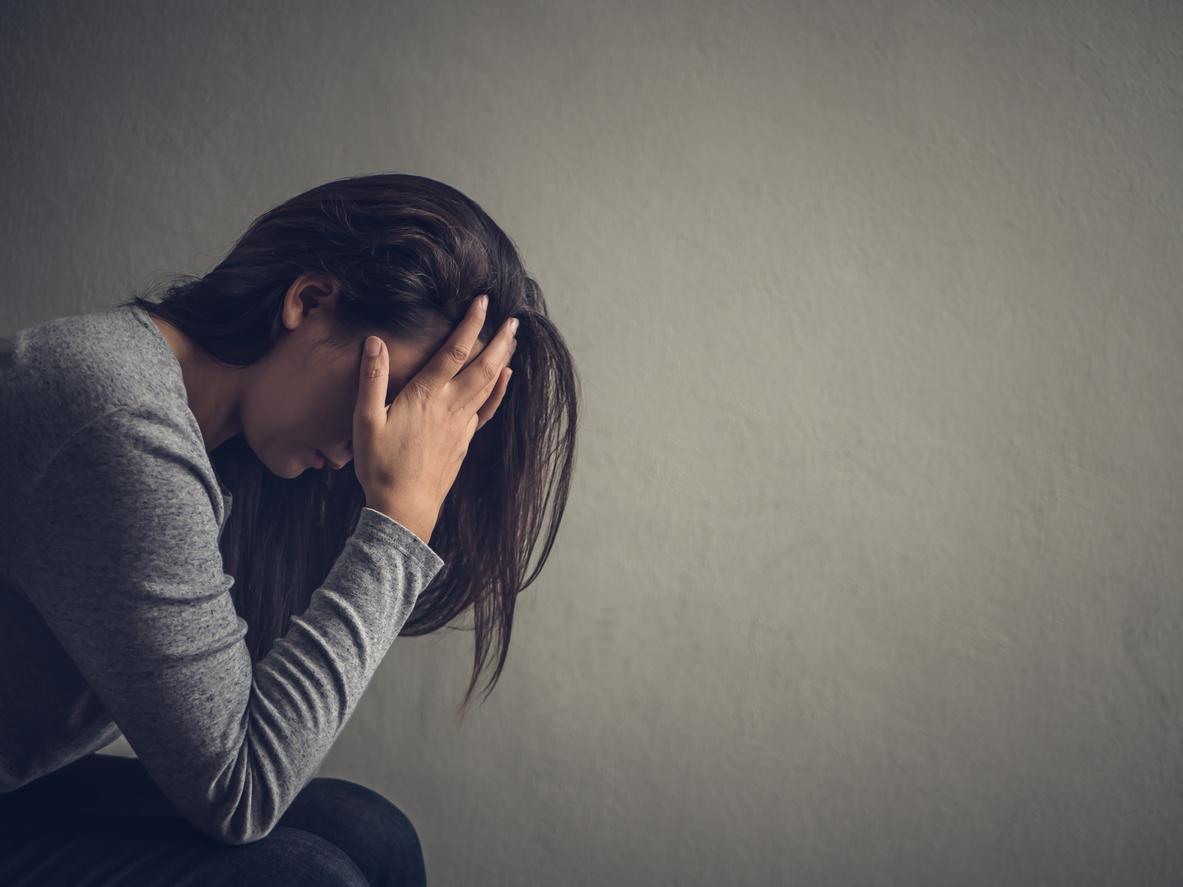The young Gothic is not always depressed, but he is more at risk than the others to show the signs. He would be drawn to the dark aesthetic of this culture.

Skull, spiked bracelet, dark literature… Depression is strongly associated with Gothic culture. A study published in the Lancet Psychiatry shows that young people who claim to be there are three times more at risk of showing signs of depression and of self-harm. Would the authors of this work push an open door? Not quite.
Beyond the observation, they raise interesting issues. Decryption with the Dr Xavier Pommereau, psychiatrist specializing in adolescents in difficulty.
A dose-dependent relationship
3,700 people born between 1991 and 1992 participated in research as part of the British Avon study. At the age of 15 and then 18, they filled out specific questionnaires on their identification with various subcultures – from gothic to athletic and bimbo – as well as other forms assessing their depression and their practice of self-harm.
Adolescents who think they belong to the Gothic culture at 15 are five times more likely to scarify themselves. The risk of depressive signs increases according to the feeling of belonging: young people who associate themselves “a little” with gothism are 1.6 times more at risk. A probability tripled among those who associate themselves “strongly” with this culture.
Beware of the amalgam
“This study does not bring surprising things, but it does confirm clinical observations,” comments Dr. Xavier Pommereau. Young people who are not doing well are more attracted to gothism than those who are feeling well. »An association that must not be taken upside down.
Dr Xavier Pommereau, psychiatrist at the Jean-Abadie Center (Bordeaux): “ Young people in discomfort are often skinned alive, on fire and blood. They are more attracted to the radical outfits that characterize the Gothic milieu. “
Same message from the authors of the study: “Adolescents at risk of depression, or with a tendency to self-harm, can be attracted to Gothic culture, which we know welcomes marginalized individuals from all backgrounds. , including those suffering from mental disorders ”, argues Dr Rebecca Pearson, of the University of Bristol (United Kingdom).
“Children of the image”
Proof that Gothicism is not at the origin of the depression, the skaters and the ” loners (Young loners) are also more at risk of showing the signs, but to a lesser extent. How to explain this over-representation? Dr Pommereau sees it as a reflection of the culture of the image, which has been increasingly present over the past twenty years.
Dr Xavier Pommereau : ” Adolescents are more successful at expressing themselves through what they show about themselves rather than through words. They find it hard to say that they are not feeling well. “
The “children of the image” display more and more branded clothes, distinctions. A phenomenon taken to the extreme in the case of young people in discomfort. “Parents must not imagine that their child is doing badly because he is wearing skulls,” smiles Xavier Pommereau. Skulls are very fashionable. “
Dr Xavier Pommereau : ” There are fads. It is the excess of radicalization that signals ill-being. It is not pathological to want a piercing or a tattoo. “
The job of psychiatrists is therefore to encourage adolescents to verbalize their discomfort. “As one patient told us, they are red and black, red in blood and black in despair. They are literally flayed alive, and they interpret these words literally, analyzes Xavier Pommereau. Part of our job is to get them to say, in words, why they feel like they’re on fire. “
.















